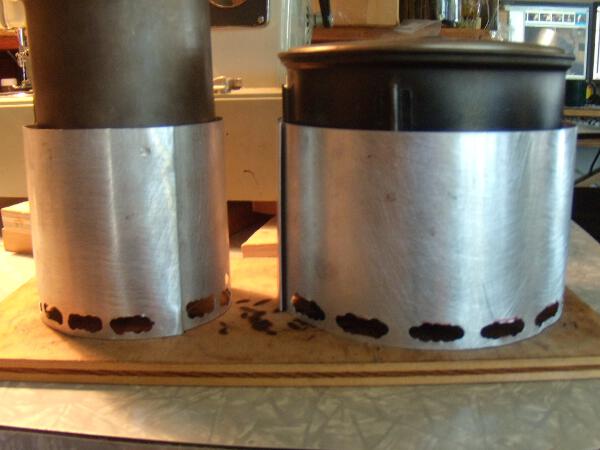I'd noticed the difference between different heat shrink film (aka, polycryo) a while back while cutting out ground sheets for two tents, one was using Gossamer Gear ground sheet, which was slightly stiff and felt very strong, and has held up very well now over many long trips, and the other made out of the Ace Hardware store bought film (comes in a roll), which felt soft and thinner. Now I see why, it was thinner, and didn't feel like it would be as durable or puncture resistant.
Keep in mind, Ace hardware stores are very helpful and can just order the thicker polycryo for you if they store doesn't carry it, you just need the part number: 5604277
Not that anyone is all that interested, but i found out that the 84 in X 120 in and 1.5 (as of 2017-01-25, was 1.2 mil previously) mil thick window insulation sold online at Ace hardware IS indeed cross linked polyolefin (in BPL slang, "polycryo").
Previous backpackinglight.com thread on this:
another BPL polycryo thread
Doing a little research and have identified the following brands and thicknesses.
Ace Hardware – Most kits are .6 mil, but they do have 1.5 mil outdoor kits available, item number 5604277. Check your store first, sometimes they have them, sometimes they don’t. Probably more likely in winter months. The 1.5 mil is quite thick and strong.
Scotch – 3M – Indoor and outdoor kits are .75 mil
Dennis – interior are .6, exterior are 1.2
Duck – Exterior kits are .7 mil
Frost King – They replied to my email and say the exterior kits are .75 mil
84 in X 120 in (or 62×210) available now, 2017-01-22, and 1.5 mil thick window insulation sold online at Ace hardware IS indeed cross linked polyolefin.
Here is it:
- Ace 62in x 120in Outdoor Patio Shrink Window Kit (product id: 12006452, Item no: 5604293)
- Ace 84in x 120in Outdoor Patio Shrink Window Kit (product id: 12006451, Item no: 5604277)
